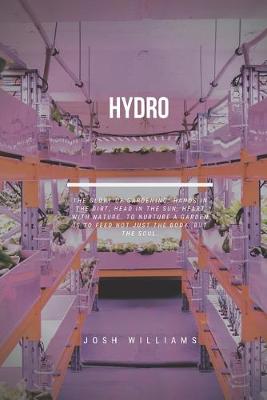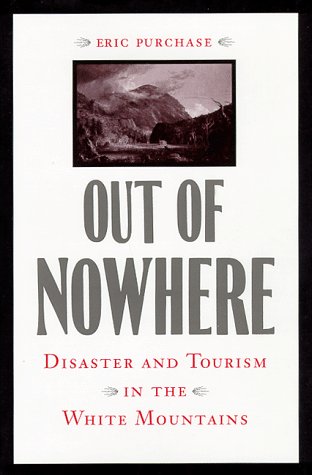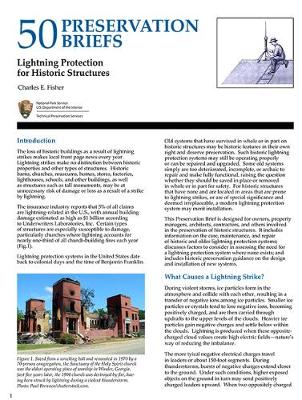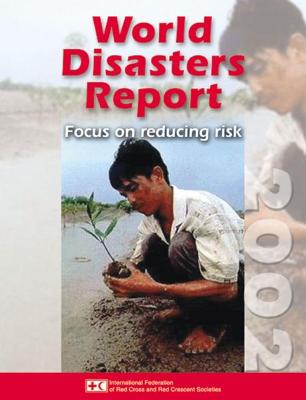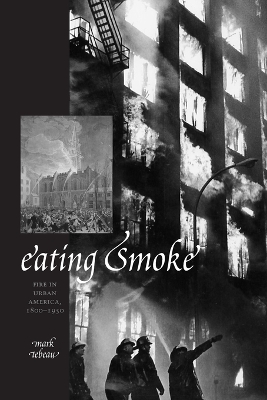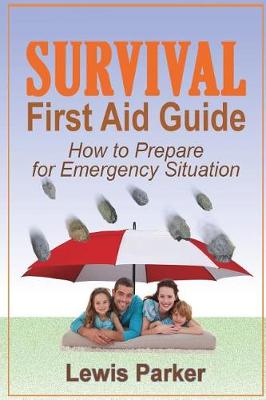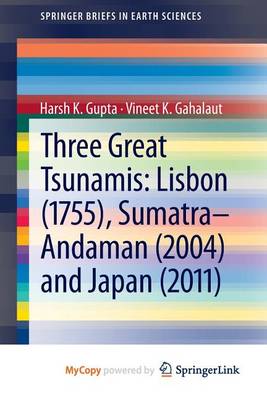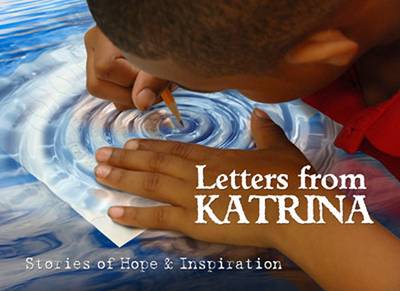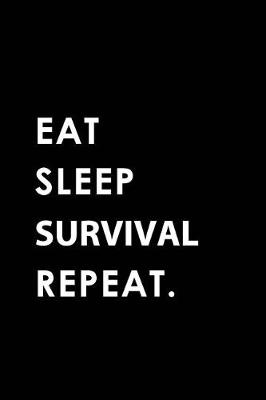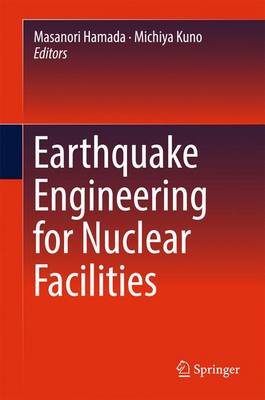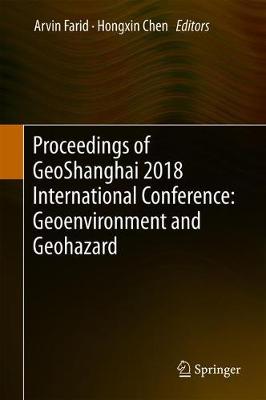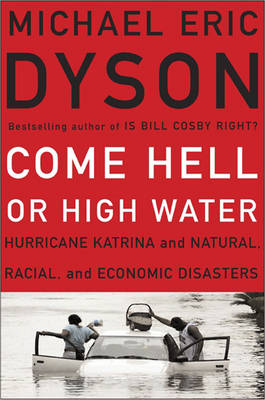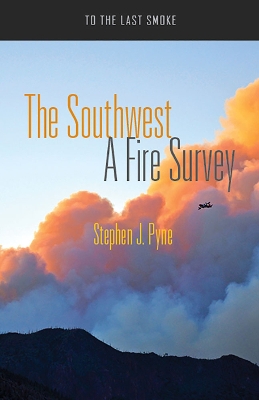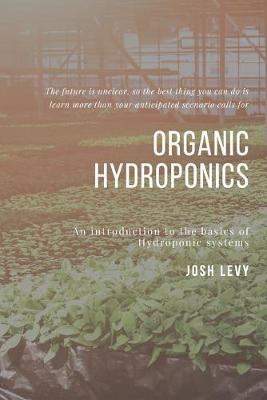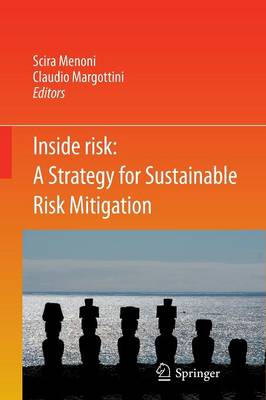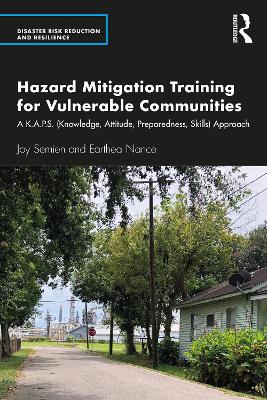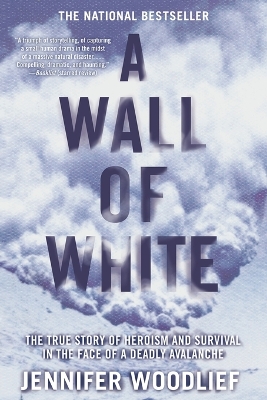An examination of the connection of an avalanche on Monday 28th August 1826 in isolated Crawford Notch, New Hampshire, to the rise of tourism in America. It investigates developments that ranged from land speculation to new interpretations of the meaning of nature and landscape. The tragedy that killed innkeeper Samuel Willey, his wife, five young children and two hired men, was widely recorded in literature, art, travel writing, newspapers and scientific journals, and was the first national dis...
World Disasters Report Focus on Reducing Risk
Disasters, both environmental and technological, continue to inflict unacceptable human and economic costs. The number of weather-related disasters has doubled between 1996 and 2002, and scientists are warning that global warming will bring more windstorms, more floods and more droughts. The challenge to reduce the heavy toll taken by disasters has never been more urgent. This report focuses on reducing disaster risk. How significant a role can mitigation and preparedness play in reducing disast...
During the period of America's swiftest industrialization and urban growth, fire struck fear in the hearts of city dwellers as did no other calamity. Before the Civil War, sweeping blazes destroyed more than 200 million in property in the nation's largest cities. Between 1871 and 1906, conflagrations left Chicago, Boston, Baltimore, and San Francisco in ruins. Into the twentieth century, this dynamic hazard intensified as cities grew taller and more populous, confounding those who battled it. Fi...
Upheaval in Charleston: Earthquake and Murder on the Eve of Jim Crow
by Susan Millar Williams and Stephen G. Hoffius
Earthquake Engineering for Nuclear Facilities
This book is a comprehensive compilation of earthquake- and tsunami-related technologies and knowledge for the design and construction of nuclear facilities. As such, it covers a wide range of fields including civil engineering, architecture, geotechnical engineering, mechanical engineering, and nuclear engineering, for the development of new technologies providing greater resistance against earthquakes and tsunamis. It is crucial both for students of nuclear energy courses and for young engine...
This book is the seventh volume of the proceedings of the 4th GeoShanghai International Conference that was held on May 27 - 30, 2018. This volume, entitled “Geoenvironment and Geohazards”, presents the recent advances and technology in geoenvironmental engineering and geohazards. The state-of-the-art theories, methodologies and findings in the related topics are included. This book may benefit researchers and scientists from the academic fields of soil & rock mechanics, geotechnical engineeri...
When Hurricane Katrina tore through New Orleans and the Gulf Coast, hundreds of thousands were left behind to suffer the ravages of destruction, disease, and even death. The majority of these people were black; nearly all were poor. The Federal government's slow response to local appeals for help is by now notorious. Yet despite the cries of outrage that have mounted since the levees broke, we have failed to confront the disaster's true lesson: to be poor, or black, in today's ownership society,...
Disaster Resilience of Education Systems (Disaster Risk Reduction)
Education is regarded as a cross-cutting issue for disaster risk reduction (DRR) through reviewing the Sendai Framework for DRR (SFDRR) 2015-2030. Mainstreaming Disaster Risk Reduction (DRR) in the education sector is one of the important efforts to enhance resilience in a community. DRR in the education sector not only focuses on provision of disaster education, but also includes securing a safe school environment, developing school disaster management plans, and building the capacity of school...
Inside Risk: A Strategy for Sustainable Risk Mitigation
This book comprises the main results of the Scenario (Support on Common European Strategy for sustainable natural and induced technological hazards mitigation) project, funded as a Specific Support Action under the VI FP. This book addresses three main needs: first, it constitutes an assessment of the situation of Europe as far as natural na-tech risks are considered; second, it suggests future research themes to be opened of widened so as to tackle new and emerging threats as well as changes in...
Hazard Mitigation Training for Vulnerable Communities (Disaster Risk Reduction and Resilience)
by Joy Semien and Earthea Nance
This book is designed to educate vulnerable communities, emergency practitioners, and disaster researchers to increase the social and physical capacity of communities to mitigate and adapt to disaster impacts. With climate change escalating the intensity and range of disasters, we have entered an unprecedented time. The tools in this book allow researchers, practitioners, and community leaders to adopt new training techniques that are more engaging and effective, using a bottom-up framework to i...
This thrilling true tale recounts the deadliest ski area avalanche in North American history and the woman who survived the snow in the face of incalculable odds.
